Lithonia Lighting Contractor Select CPANL DCMK 1 ft. x 4 ft. 4000 Lumens Integrated LED Panel Light Switchable Color Temperature
Switchable color temperature (3500K, 4000K, or 5000K). Produces 4000 Lumens and comes with a surface mounting bracket. CSA and damp location listed and includes a 5 yr warranty.
The CPANL LED Switchable Flat Panel features an integrated driver that allows CPANL to be suspended, direct surfaced mounted or integrated into a t-grid ceiling. CPANL now features switchable color temperature (SWW) which allows you to select either warm, medium or cool temperatures. Direct ceiling surface mount kit (DCMK 14) included.
- TECHNOLOGY: Features switchable color technology (SWW) allowing for more flexibility and customization for your space
- ENERGY SAVINGS: Long-life LEDs, coupled with a high-efficiency driver, provide superior illumination for extended service life
- DIMMING: 120 Volts, Triac dimming
- RATINGS: Certified for damp locations, CSA certified, IC certified, DLC certified
- VOLTAGE: 120 Volts, comes with DCMK Bracket for flat surface mounting as well as t-grid ceiling mounting
- HOURS OF LIFE: Greater than 70 percent LED lumen maintenance at 60,000 hours (L70/60,000)
- INSTALLATION: Flexible mounting options including the standard integral T-Bar clips for installation into T-Grid ceilings, Direct surface mounting available with included DCMK 14 bracket
- WARRANTY: 5-year limited warranty
- DIMENSIONS: (l x w x h) 11.85 in. x 47.8 in. x 1.26 in.
- CPANL is an edge-lit panel that provides superior illumination
- Multiple mounting options, DCMK Bracket included
Additional information
| Product Height (in) | 1.26 |
|---|---|
| Product Length (in) | 12 |
| Product Width (in) | 45 |
| Certifications and Listings | CSA Certified |
| Manufacturer Warranty | 5 Year Limited Warranty |

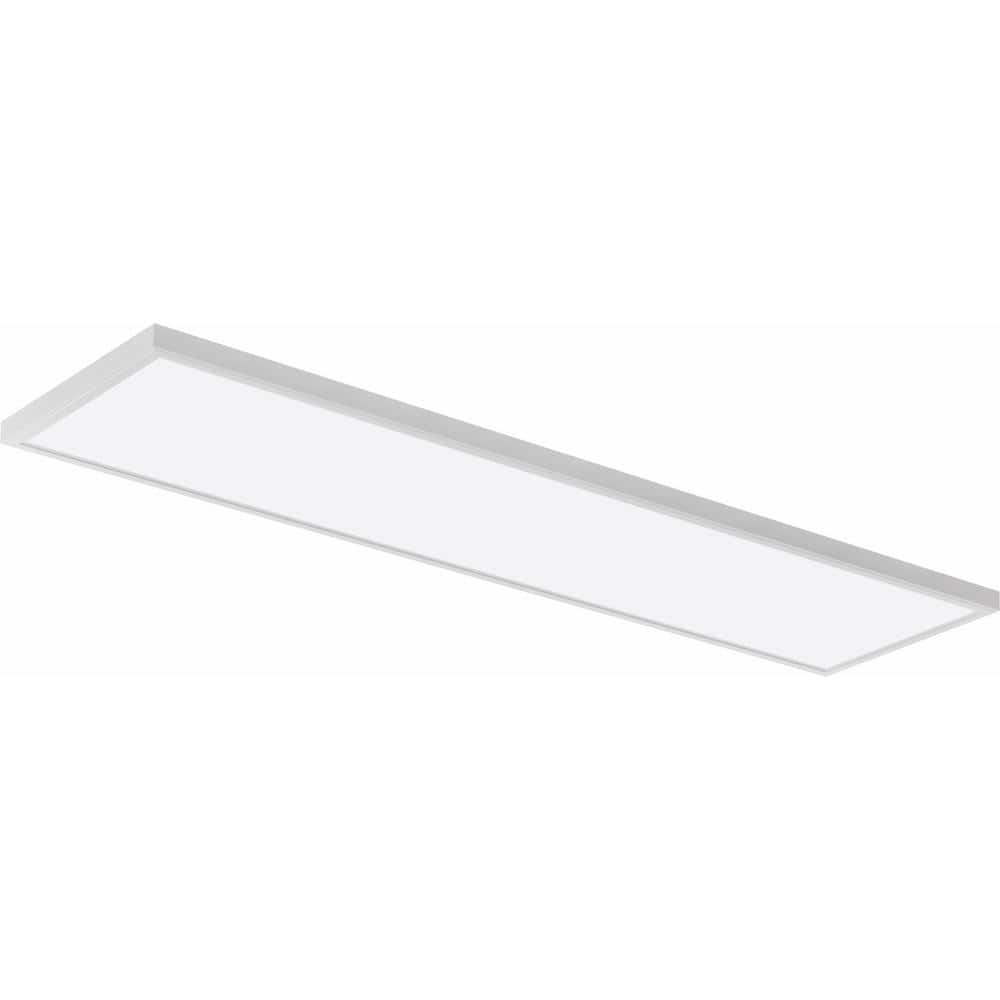
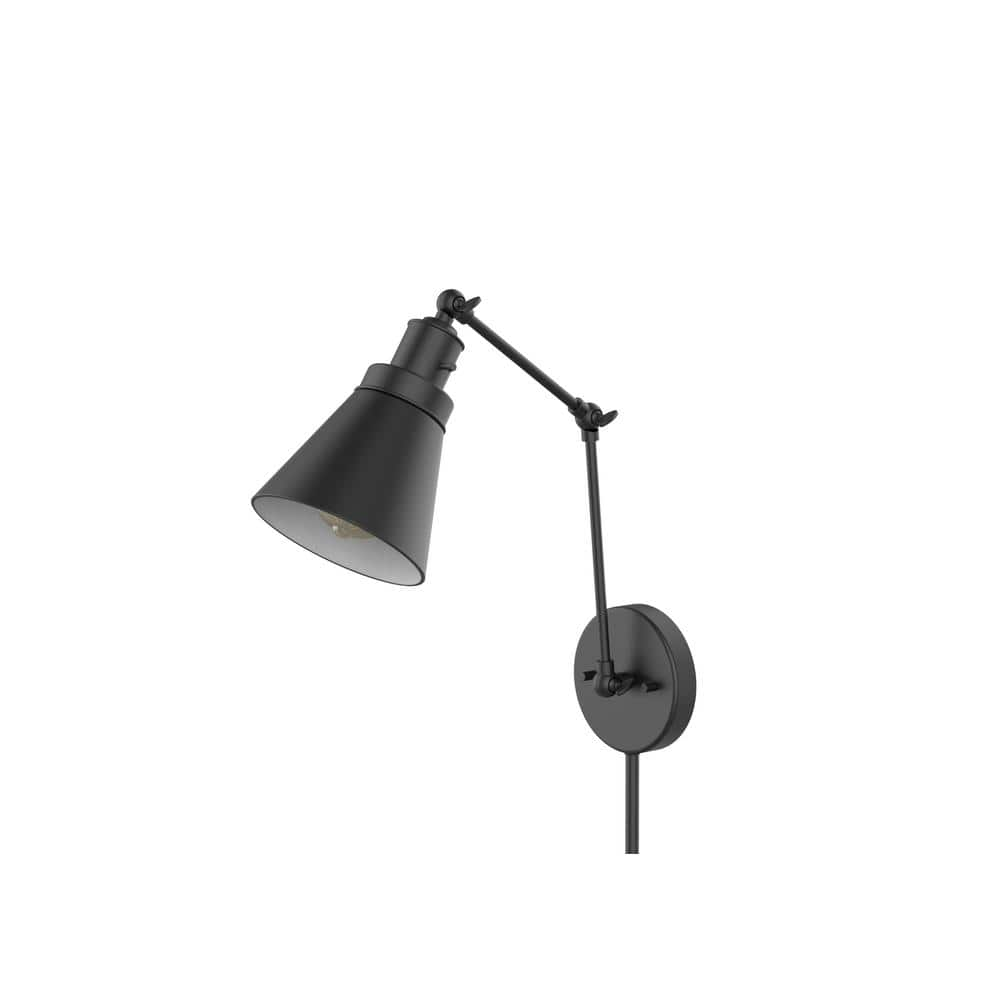
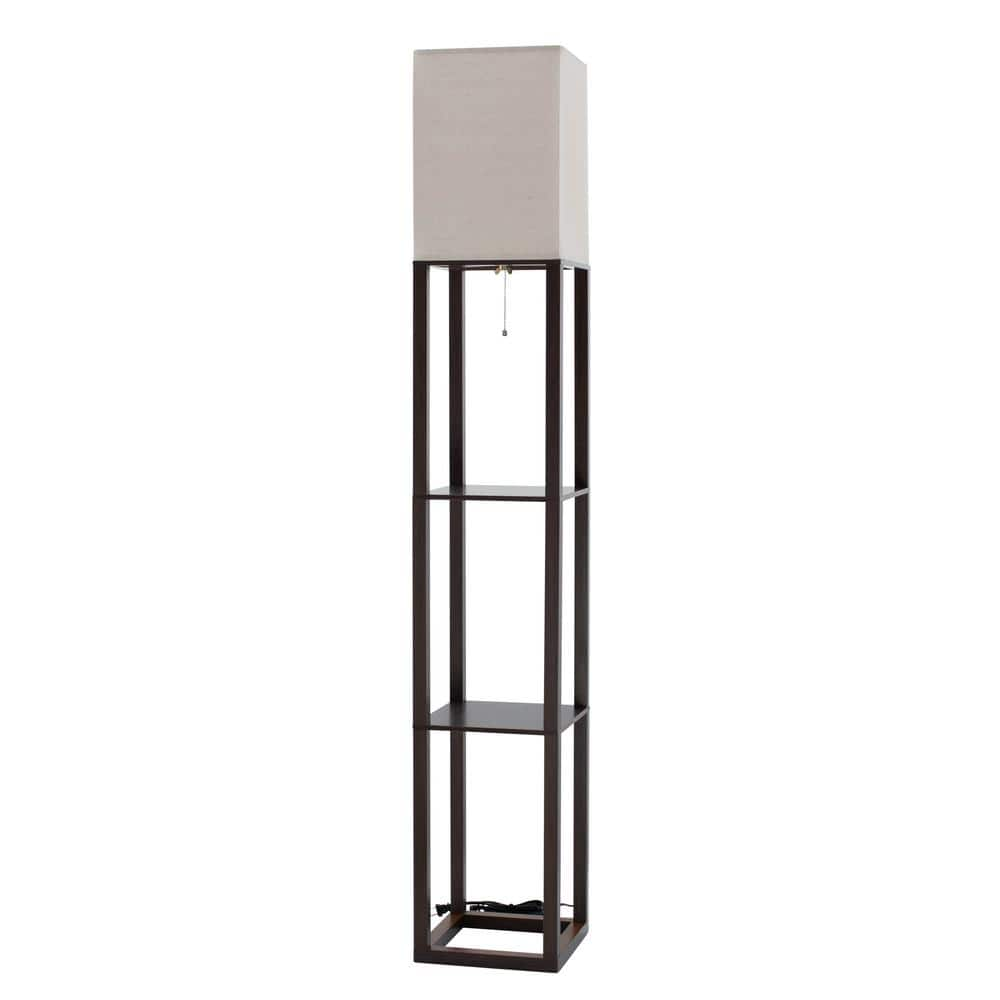
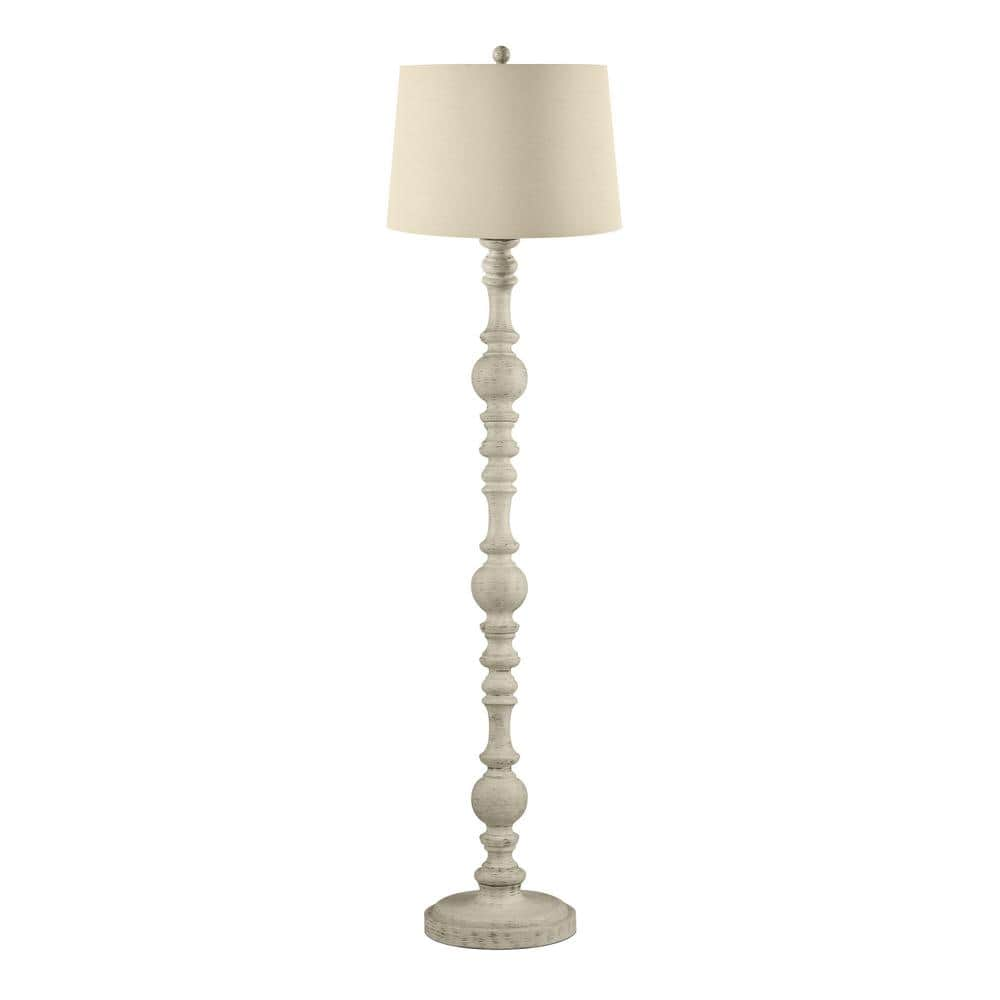
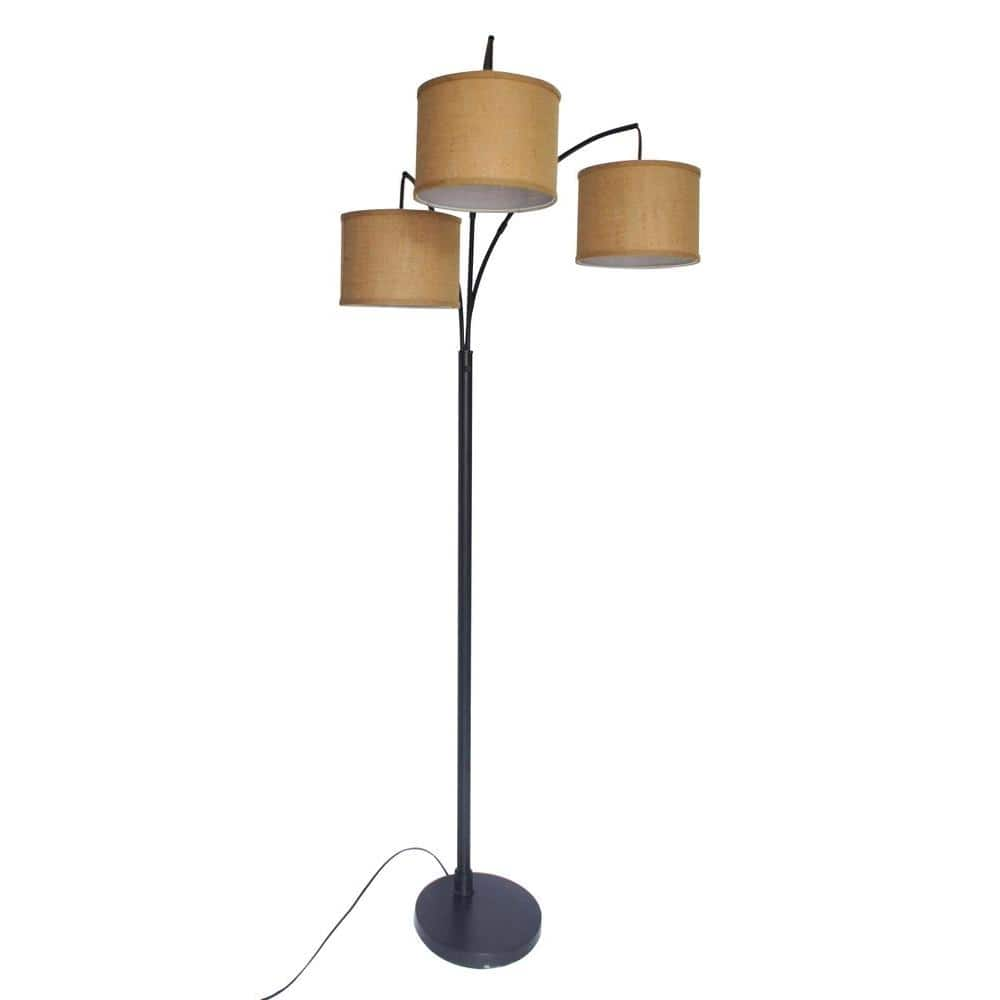
by Liger
I got a replacement fixture because the first one came in damaged, the fixture was easy to install the hanging system really helped in the installation and when it was in and done turned it on and it was nice and bright, my kitchen is nice to work in now.
by Heather
I got a replacement fixture because the first one came in damaged, the fixture was easy to install the hanging system really helped in the installation and when it was in and done turned it on and it was nice and bright, my kitchen is nice to work in now.
by David
The light is great and easy to install.